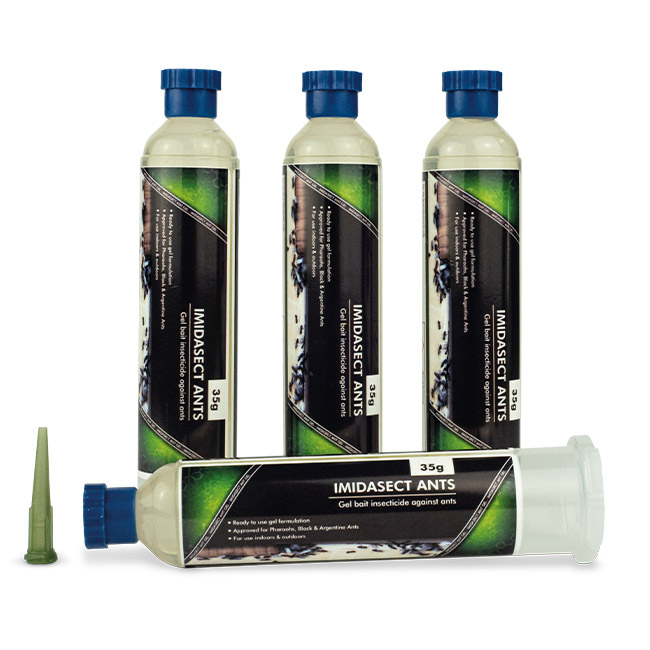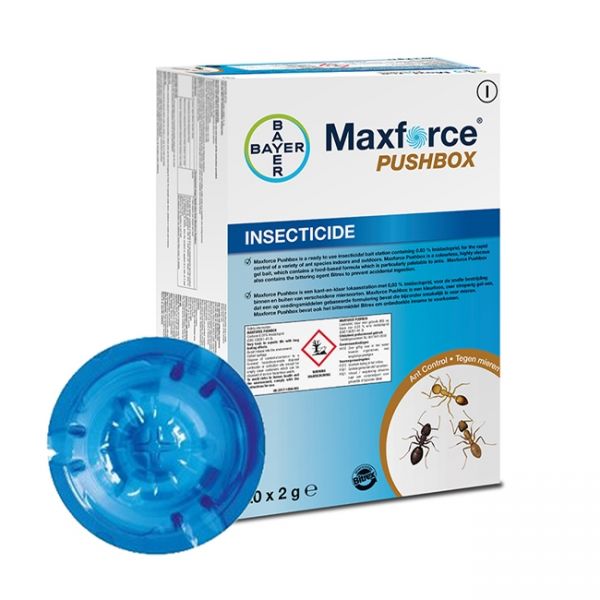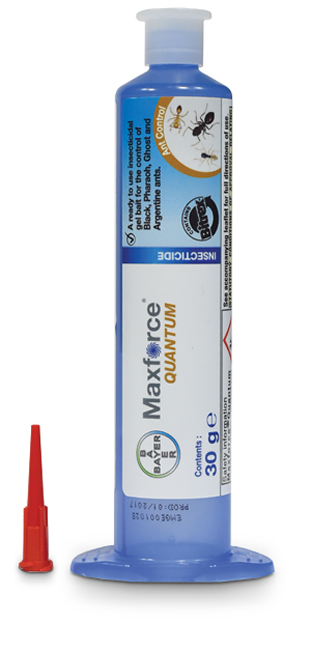popup_message
Blow flies (Calliphoria vomitoria) (Lucilia spp.)
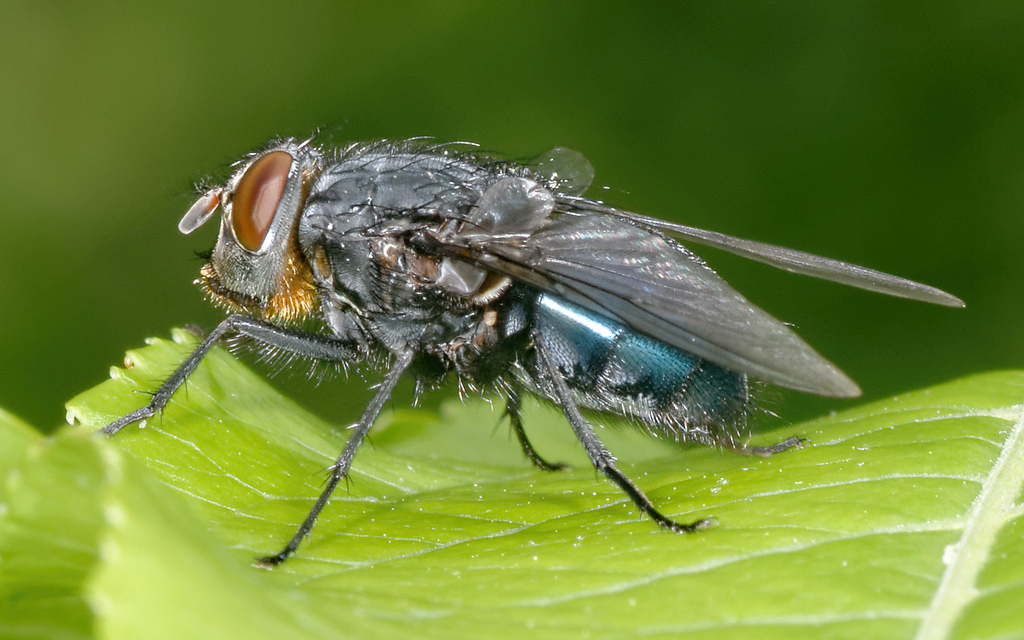 |
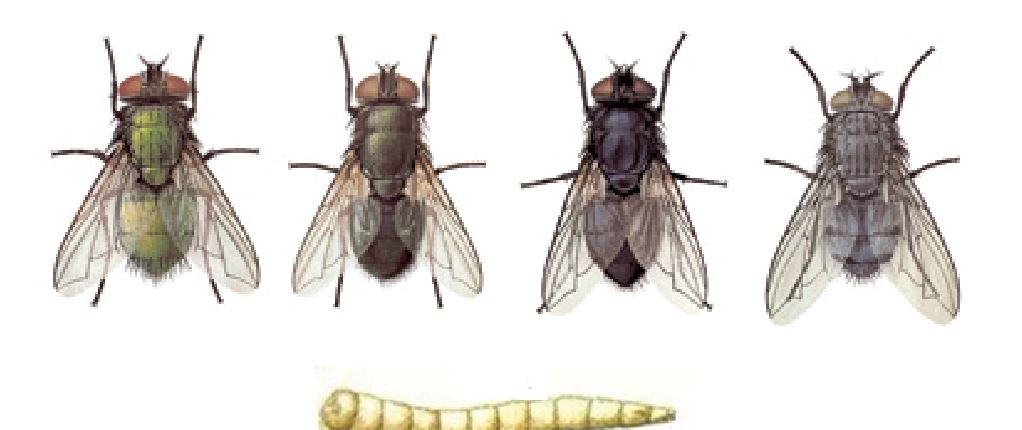 |
Identification:
Adult flies, 6 - 12 mm in length, wingspan 25mm, dull metallic blue in colour. Larvae grow to 18mm, pale yellow to white in colour. Pupae is approximately 10mm and a dull mahogany brown. Blow flies are so called because they were believed to "blow" their eggs on to exposed meats.
Biology:
Females require a protein meal to mature an egg batch, and must find a suitable food source to deposit eggs on once they are mature, the female blue bottle can lay up to 600 eggs in one cluster, eggs hatch within 1-2 days. There are 3 larval stages during growth. Once larval growth is complete, the maggots enter the post-feeding or wandering stage during which they crawl away from the carcass before burrowing into the soil to pupate. Usually they over winter as mature larvae or pupae. Development time from egg to adult varies, depending on temperature and conditions, but usually takes between 10 to 25 days.
Control:
If there are unusually large number of blow flies in a property then consider that there may be a dead animal, for example a mouse, rat, squirrel, or bird, somewhere in or near the property or that there is some rotting meat (not necessarily a large amount) somewhere near or in the property. The most likely place to find a dead animal or bird is in the loft, or under the floorboards. Finding the source and disposing of it is the most effective way of getting rid of blow flies. Blow flies can be controlled in buildings, restaurant and homes by good sanitation or hygiene practice, fly screen, electronic fly killers (EFK) etc. Locate breeding and larval development sites, and remove them by emptying/cleaning/drying refuse containers. Use tight-fitting closures for refuse receptacles, proof windows and doors. Seal holes. Any lingering adult flies can be controlled with the use of a residual insecticide
Products to control Blow flies:
|
Imidasect Ant Gel (35g tube) |
Maxforce Pushbox (20 x 2g) |
Maxforce Quantum Gel (30g tube) |

